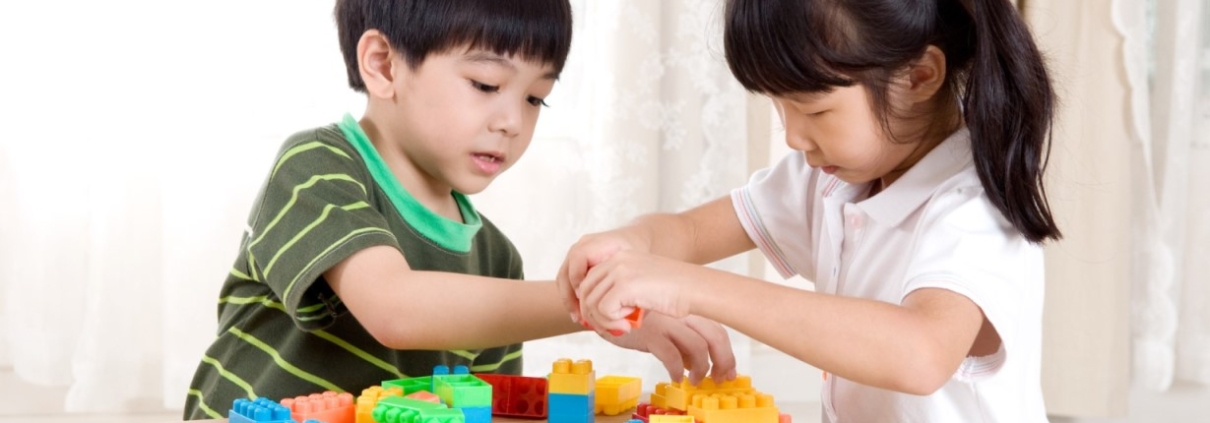Teaching Your Kids to Share
We’ve all heard the phrase “sharing is caring”, but not all children are eager to learn this skill. Particularly if you have an only child or a child who may not be extraverted, sharing care can be a difficult and frustrating concept to teach. In this blog, we’ll go over why sharing is so important and give you some simple ways you can teach your child to share, as well as.
Why It’s Important To Share
Sharing is essential to making friends and social development. When in school, sharing allows us to give and receive from others as a way of relating to one another. Education isn’t just about learning to read, it’s also about learning to function socially in life. Children that have not been taught to share don’t get invited to playdates and it can keep them from developing social connections and therefore friends.
Model The Right Behavior
Children learn most of their behavior from watching and mimicking what they see between their parents and within their nuclear family. The child’s caretakers should be aware of how they are sharing and do their best to model the right behavior, as this can help or hurt the concept of sharing as your child develops.
Stay Positive
The more you can explain why sharing is good and how it allows everyone to enjoy playing together the better. An easy way to do this is with food and snacks that you or the caretaker is eating, as most kids will at some point ask for a bite. Try saying something like “Do you want me to share with you?” or “wouldn’t that be fun to share our snack together?” This allows the concept to sink in before your child is in school and asked to share his or her toys.
Play Games
Games that require both participants to take turns are an easy introduction to sharing, as it teaches a child about patients and allows for everyone to have their time playing. Again, talking through this helps them understand what’s happening, and whenever possible work in the word “share” or “sharing”. When building with legos or building blocks try to emphasize collaboration and time. “First I’ll use the green blocks and then you can use them”, or vice versa. This takes the fear out of sharing for children because they start to learn that they’ll get another turn soon.
Get Prepared
Before sending your child into daycare or school, have a conversation about what will be expected of them. “At school, you’ll get to play with lots of new toys and do lots of new activities, and when you’re there you’ll get to make new friends and share all the new toys.” Telling the child that it’s fun to share because that means they’ll make new friends can prove to be really effective.
Of course, how you address the concept of sharing will be dependent on the age of the child, and they won’t fully grasp the idea until they’re age 3 or 4. But starting with these simple tactics can make learning to share an easier task and hopefully avoid too many outbursts. Good luck!



